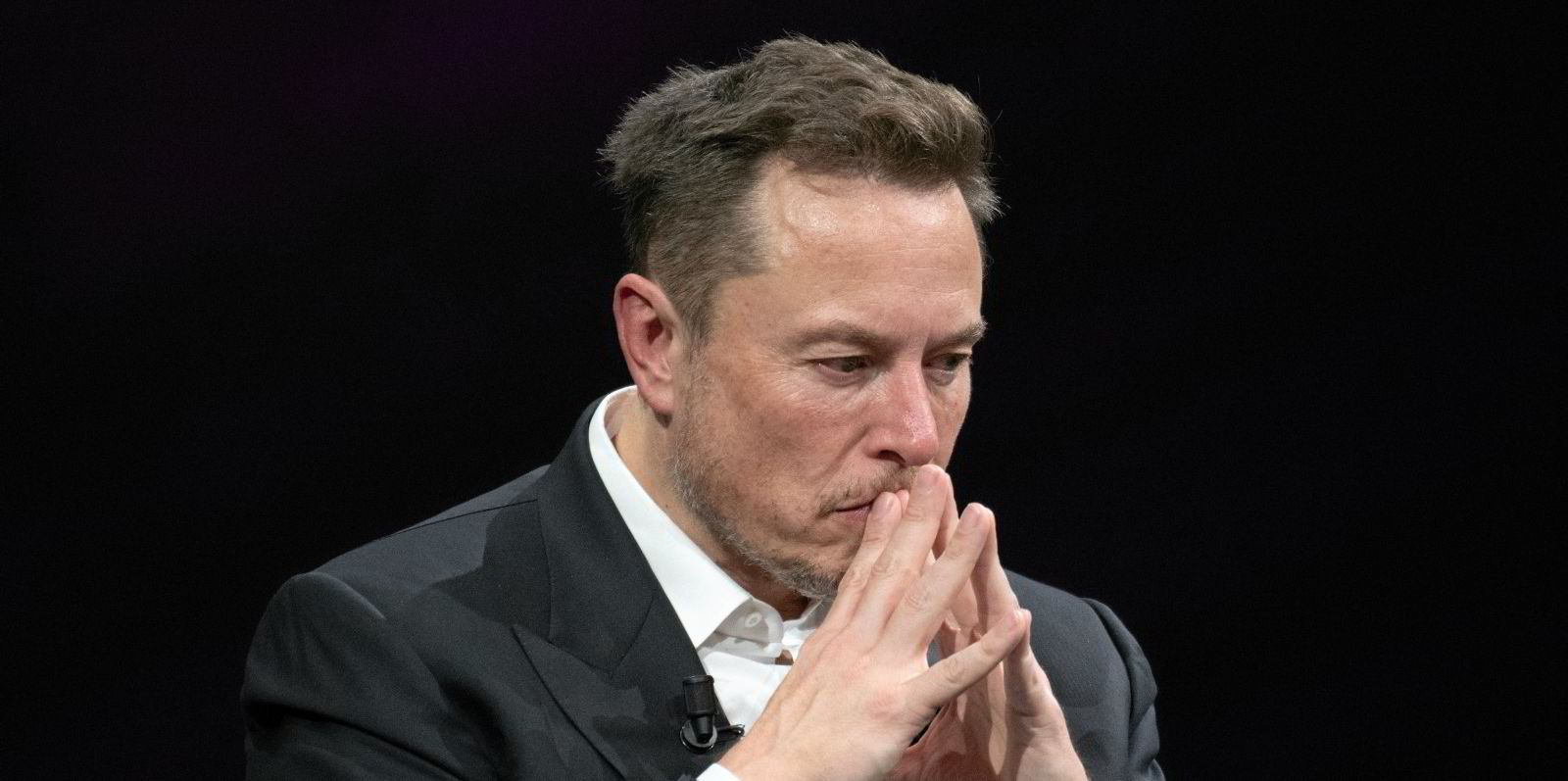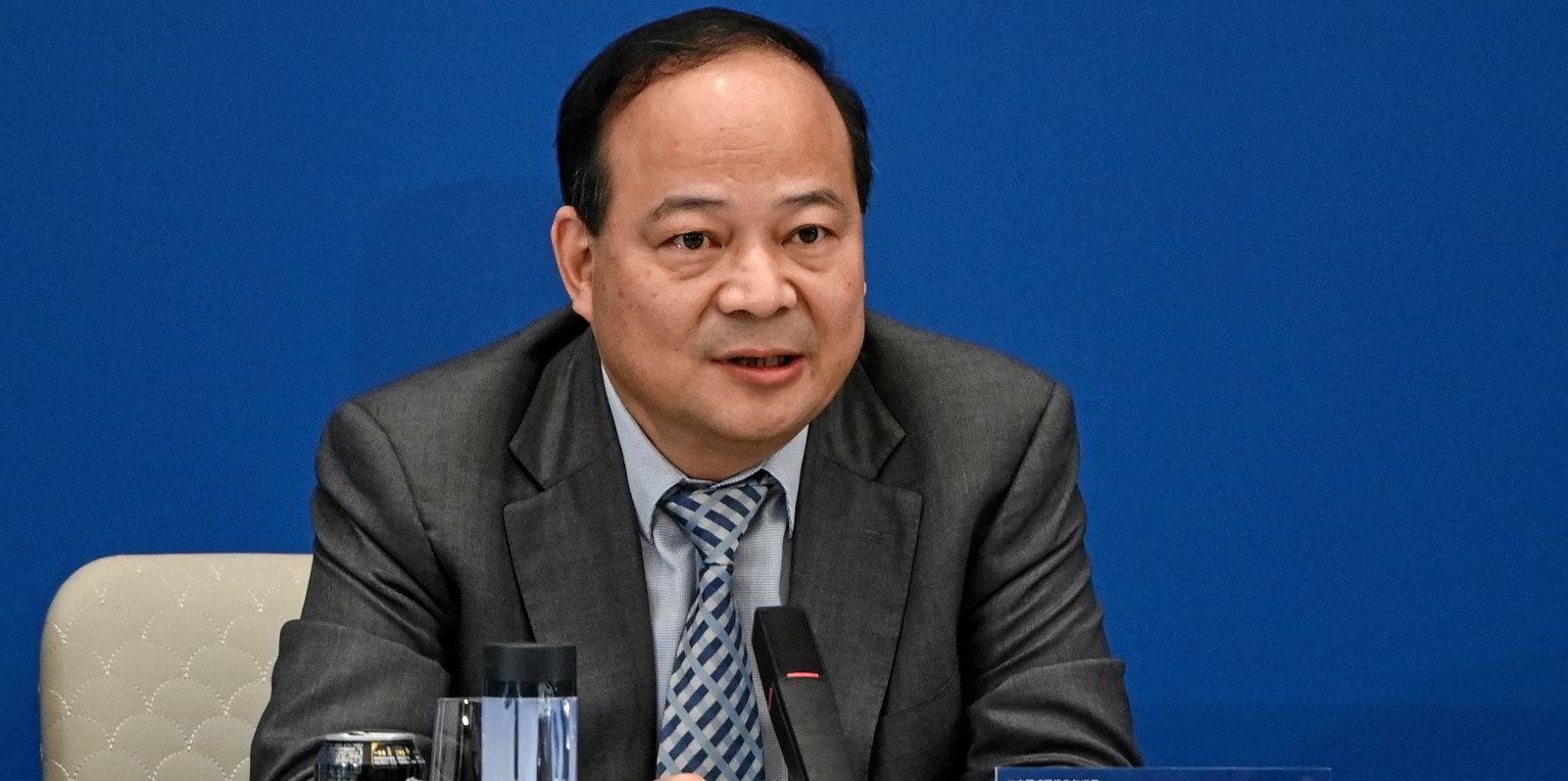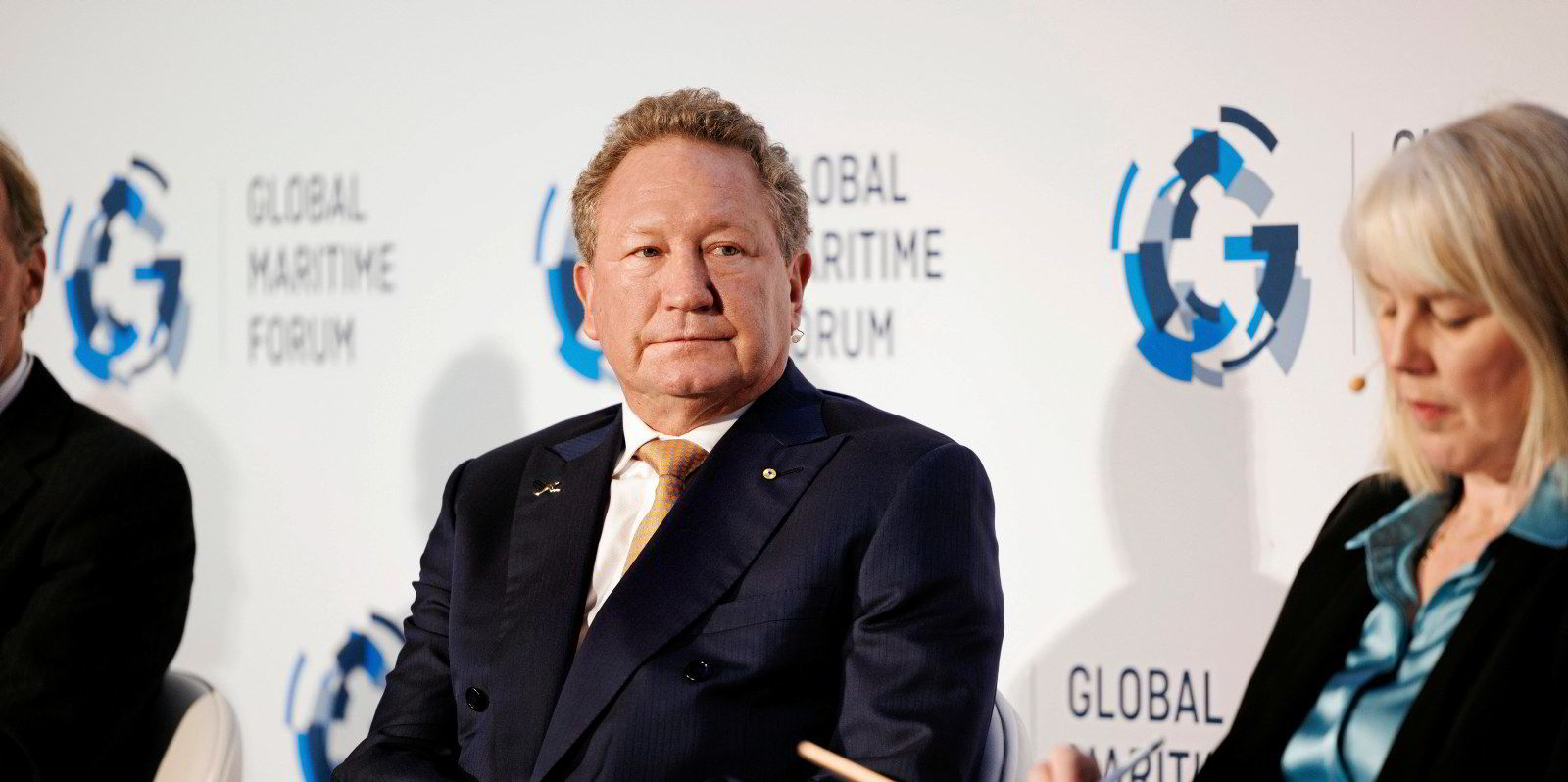With businesses as varied and influential as Tesla, SpaceX, and X the former Twitter, Elon Musk never seems far from the headlines or global conversation, or indeed controversy.
While his Tesla electric vehicles are bona fide green icons, Musk’s role in the global energy transition through battery storage systems that are now seeing double or triple-digit market growth is often the untold story of his business empire.
Recharge turns the spotlight on some of the world’s wealthiest people who are using at least part of their stupendous riches to underpin the energy transition.
Tesla Energy sells both utility-scale 'Megapacks' aimed at grid-scale deployments and 'Powerwall' residential systems designed for domestic use with solar. Both ends of the spectrum are considered key if variable renewable generation is to achieve its full potential, a fact Musk has stressed for some years since he famously offered by social media to build a massive battery to store wind power in Australia.
While its storage business is currently much smaller than its auto side, Tesla’s EV market growth slowed last year with revenues up 15% while storage rocketed 54% in annual comparisons.
Battery deployment surged 125% to 14.7GWh in 2023, while storage and generation business profits “nearly quadrupled” Tesla noted in its fourth quarter earnings statement released in January.
“I think we'll continue to see very strong growth in storage, as predicted,” Musk told investors on a call.
“I said for many years that the storage business would grow much faster than the car business, and it is doing that,” said the tycoon worth some $197.1bn, according to Forbes, currently trailing only France’s Bernard Arnault and family among world’s wealthiest.
Tesla’s kit has over the last five years been used at some of the world’s largest battery energy storage projects, most recently with a major deployment in Hawaii that claimed to be the most advanced of its type globally.
The US alone expanded battery storage by almost 8GW in 2023, raising cumulative capacity by 85% in a single year to reach 17GW/45,588MWh, according to renewables advocate American Clean Power Association.
Musk has long forecast steep growth for storage, fuelled by the need to integrate variable renewable energy sources into the grid, and to help balance supply and demand created by electrification – and not least by Tesla’s own EVs.
He has referred to lithium – the critical element in lithium-ion batteries – as the “new oil” and has established multiple production centres for the battery supply chain.
Megapacks are currently manufactured at the Lathrop, California Megafactory east of San Francisco. The plant is capable of producing 10,000 units for some 40GWh of capacity but will soon be augmented by a similar facility in Shanghai, China expected to come online by the end of this year.
India has also been floated for battery manufacturing for electric vehicles and storage.
“In 2024, the growth rate of deployments and revenue in our Energy Storage business should outpace the Automotive business,” Musk said.
In-line with Musk’s tendency to vertically integrate his businesses, Tesla's US operations are moving even farther upstream into lithium refining.
In May the company broke ground on a lithium refinery in Corpus Christi, Texas, some 217-miles from its Austin headquarters, where it will produce battery-grade lithium to avoid the most “fundamental choke point” for the advancement of electric vehicles, as described by Musk.
Details on the new plant remain scarce but construction is well underway in East Texas with operations expected as soon as this year.




